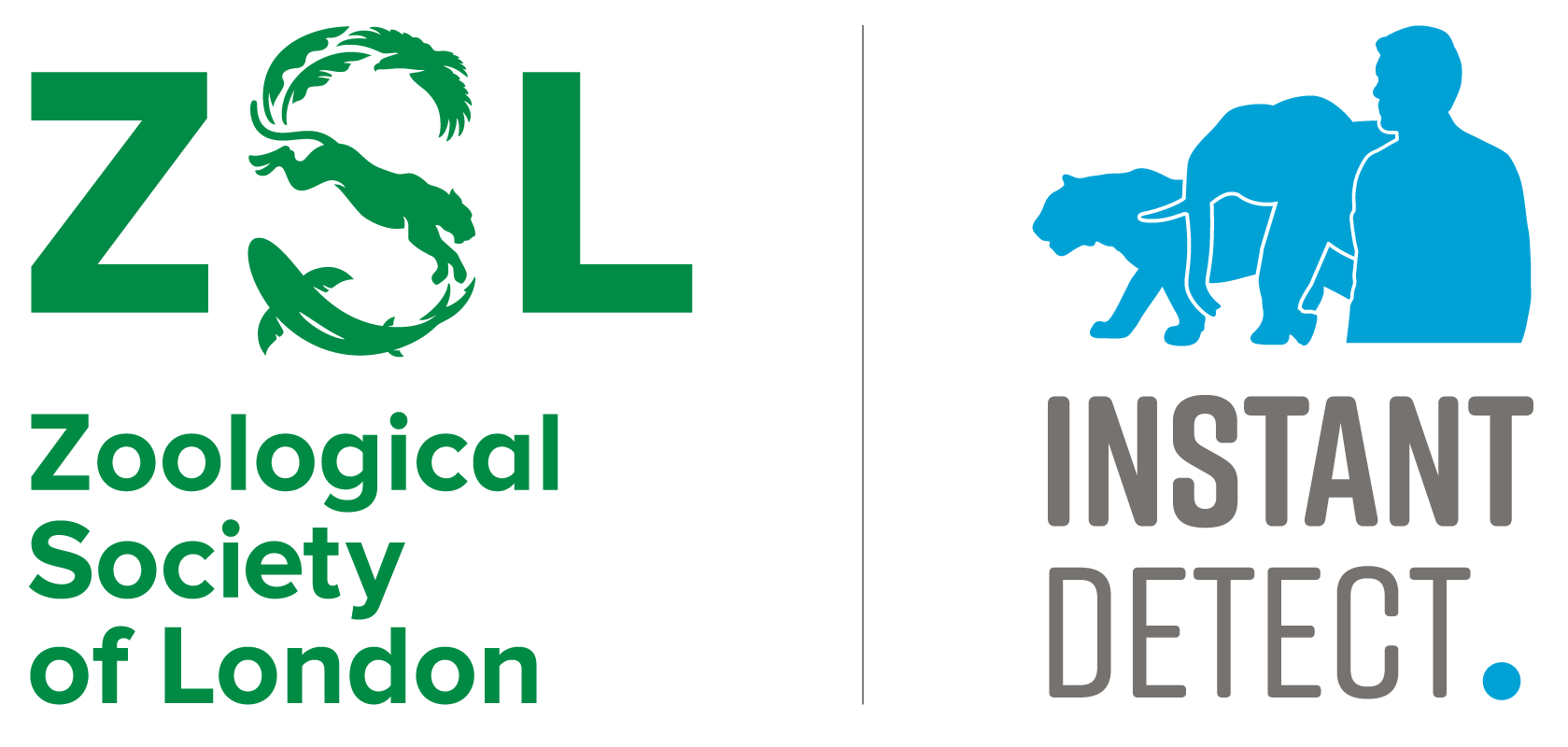Base Station
- Creates and maintains the Long-Range (LoRa) radio network to connect to multiple Cameras and Sensor Endpoints.
- Transmits images and data to Instant Detect Cloud in near real-time using Iridium satellite connectivity.
Where will you put yours? What might you discover? Could it change the world?
Connectivity
The Base Station is a fully integrated communications platform, containing both a Long-Range (LoRa) radio concentrator and an Iridium satellite modem all in one small enclosure.
Cameras and Sensor Endpoints transmit images and data to the Base Station using LoRa radio. The Base Station then transmits the received images and data to Instant Detect Cloud using Iridium satellite connectivity.
No other communications infrastructure is needed.
LoRa Radio Network
The Base Station automatically creates and manages it’s own LoRa radio network wherever it is deployed. It can receive images and data from 7 devices simultaneously and will queue-up further call-ins.
The LoRa radio network enables a single system to cover a wide area, up to 12.5 km² in testing. This reduces hardware and transmission costs.
Iridium Satellite Connectivity
Each Base Station has an integrated Iridium satellite modem capable of transmitting data at 18 Kilobytes per minute. As long as the satellite antenna can see the sky, the Base Station can transmit images and data to Instant Detect Cloud.
Systems are provided with a discounted satellite airtime package with enough airtime to transmit up to 3,600 thumbnail images of around 35KB each month.
Speed and Reliability
Months of system testing at Whipsnade Zoo, involving the full Camera-to-Cloud transmission of several thousand images, has shown that 90% of captured images will be sent to Instant Detect Cloud (via the LoRa radio network and the Iridium satellite network) in under 15 minutes, with 99.9% of images received in under an hour.
Diagnostics
An internal LCD screen, viewable even when the enclosure is sealed, makes it easy to see the current battery status and satellite signal strength, as well showing all the current settings.
Access Tool
In Test Mode the Base Station creates a WiFi portal that displays the Access Tool in any web browser. Users just need a smart phone, tablet or laptop. Using the Access Tool a user can change the Base Station’s settings and see the latest report.
Change Settings Remotely
The Access Tool can show all the connected Cameras and Sensor Endpoints settings, latest reports and received images. It is even possible to change connected devices settings from the Base Station so that devices do not need to be individually visited for in-field setting changes.
Power
The Base Station is powered from an external power pack connected to its IP-67 rated 4-pin external power connector. This external 12 volt power source can be a battery or solar.
The duration the Base Station can run from a single battery charge depends on the number of images it is receiving and uploading to Instant Detect Cloud and the wake/sleep cycle used. In testing using a portable 12 kg lithium iron phosphate (LiFePO4) 100 Ah battery, the Base Station received and transmitted 120 images for 5 weeks with the minimum wake/sleep cycle set.
Wake/Sleep Cycle
To save battery power the Base Station can be set on a wake/sleep cycle. While sleeping the Base Station uses extremely low power. For this to work the Base Station time synchronises all the connected Cameras and Sensor Endpoints so that they will only attempt to send images and data when they know the Base Station is awake.
Covert Deployment
For covert deployments the Base Station can be completely buried, even in water logged soils, with only it’s antennas above ground.

